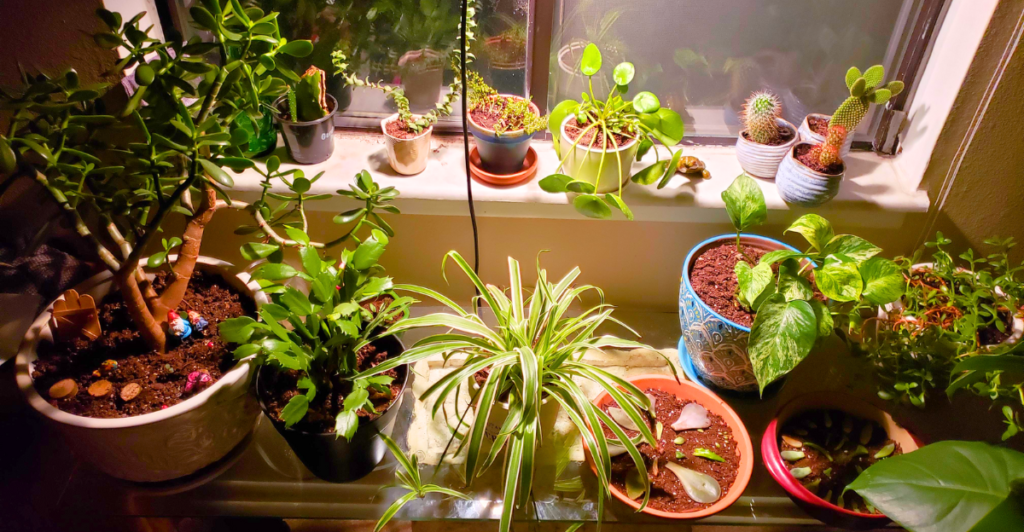
Winter can be a challenging season for plant lovers, but a carefully chosen selection of hardy indoor plants can keep your home lush and vibrant all season long. Many plants are specially adapted to thrive in low light, cooler temperatures, and dry indoor air, making them perfect for the colder months. Below, we explore 13 resilient indoor plants ideal for homes in America.
The snake plant, often called “mother-in-law’s tongue,” is a strikingly hardy option. Known for its sword-like leaves with unique variegated patterns, it thrives in low light and requires minimal watering. This plant also improves indoor air quality by removing toxins, making it a perfect choice for winter months when windows stay closed.
Pothos (Epipremnum aureum)
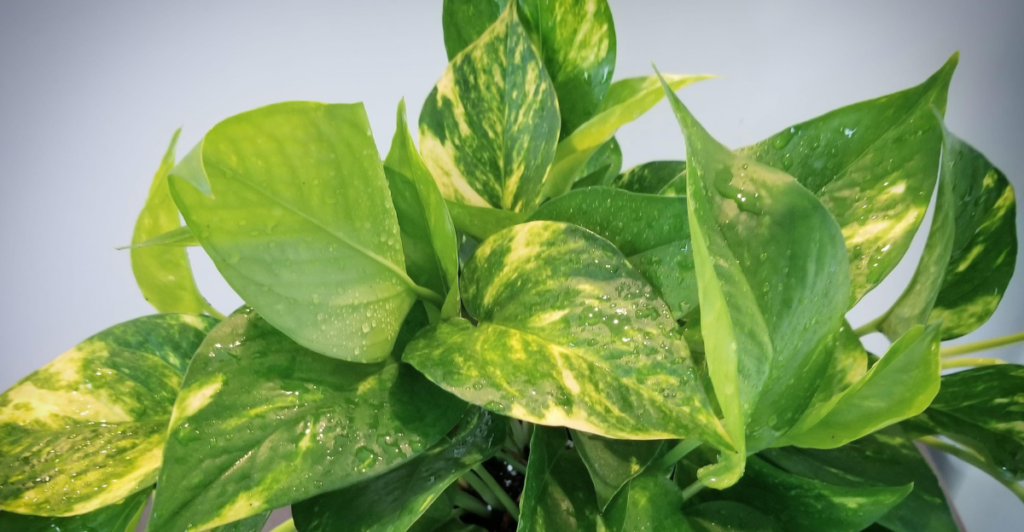
Pothos is a favorite among beginners due to its low maintenance. Its trailing vines and heart-shaped leaves adapt well to low light. Just water it every two weeks, and it will flourish, adding a tropical vibe to your indoor spaces.
ZZ Plant (Zamioculcas zamiifolia)
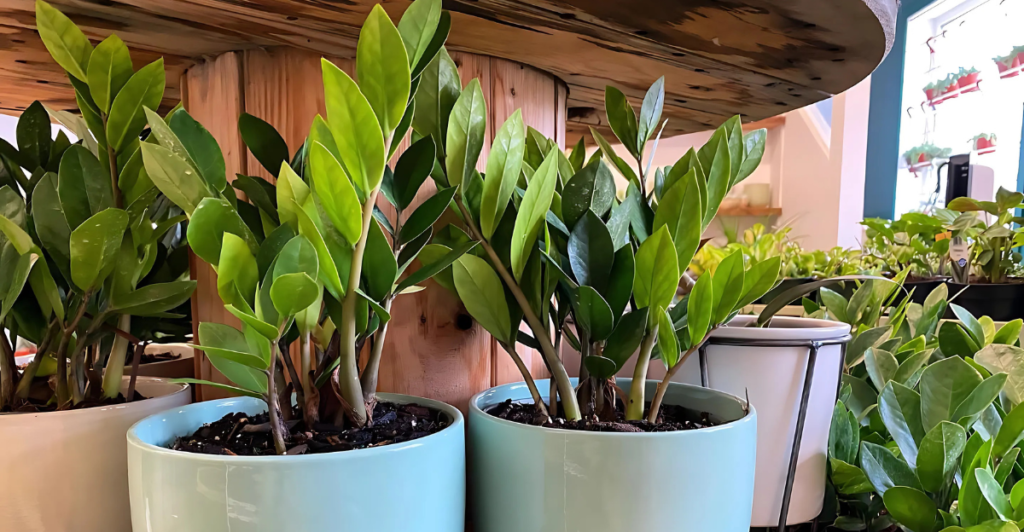
The ZZ plant is practically indestructible. Its glossy, dark green leaves can withstand neglect, low light, and dry air. This makes it a fantastic choice for anyone with a busy winter schedule or less-than-ideal indoor conditions.
Spider Plant (Chlorophytum comosum)
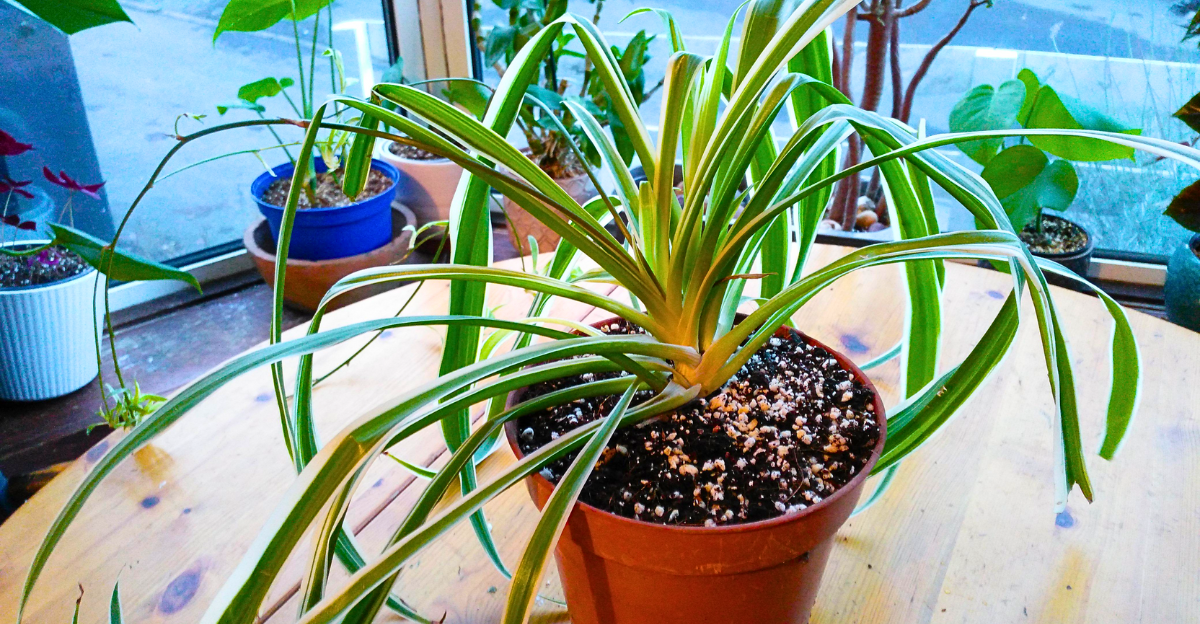
Known for its cascading leaves and small “spiderettes,” the spider plant is as easy to care for as it is beautiful. It tolerates low light and sporadic watering, making it a dependable option to brighten up any room during winter.
Peace Lily (Spathiphyllum)
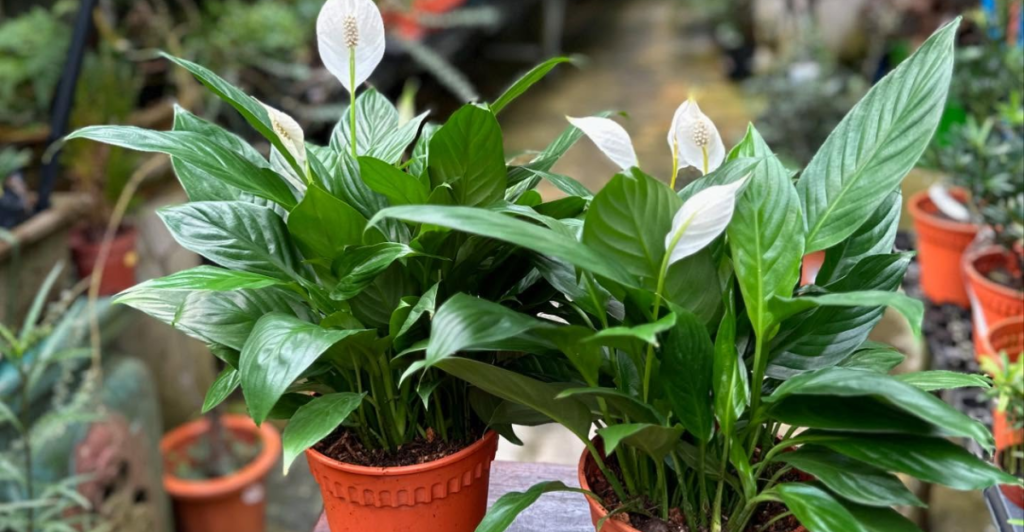
The peace lily offers elegant white blooms that contrast beautifully with its lush green foliage. It thrives in indirect light and only needs watering when the soil feels dry. Bonus: it’s another air-purifying plant to keep your home fresh.
Rubber Plant (Ficus elastica)
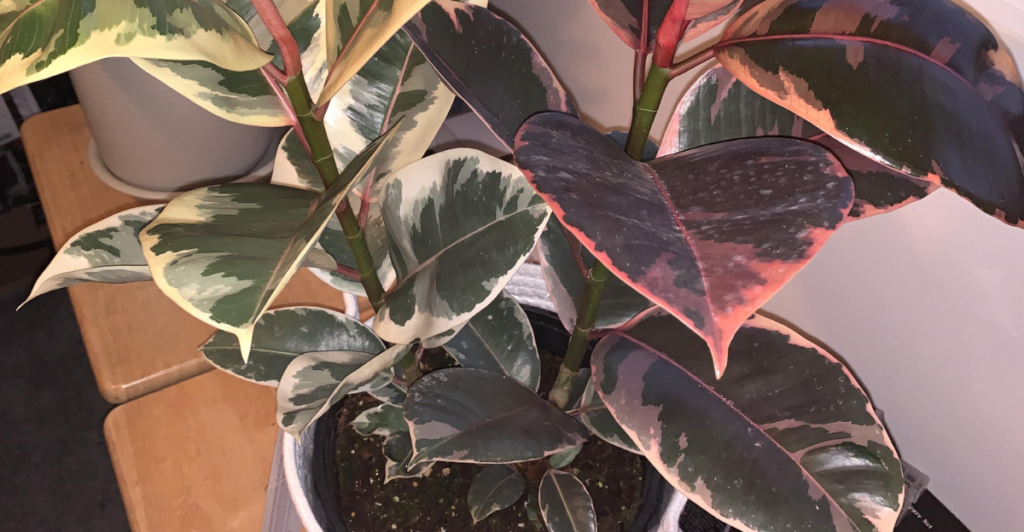
The rubber plant is prized for its large, glossy leaves. While it prefers bright indirect light, it can adapt to lower-light conditions in winter. Keep the soil slightly moist, and this plant will reward you with vibrant greenery year-round.
Philodendron
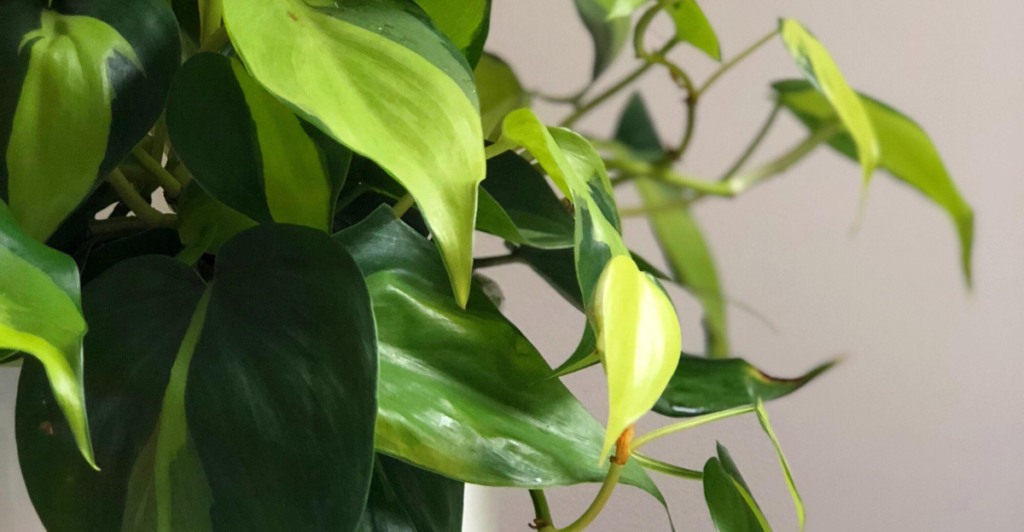
With its heart-shaped leaves and trailing vines, the philodendron is a close cousin to pothos. It’s equally resilient, requiring minimal care and flourishing in indirect light. Water it sparingly during the winter months to prevent overwatering.
Chinese Evergreen (Aglaonema)
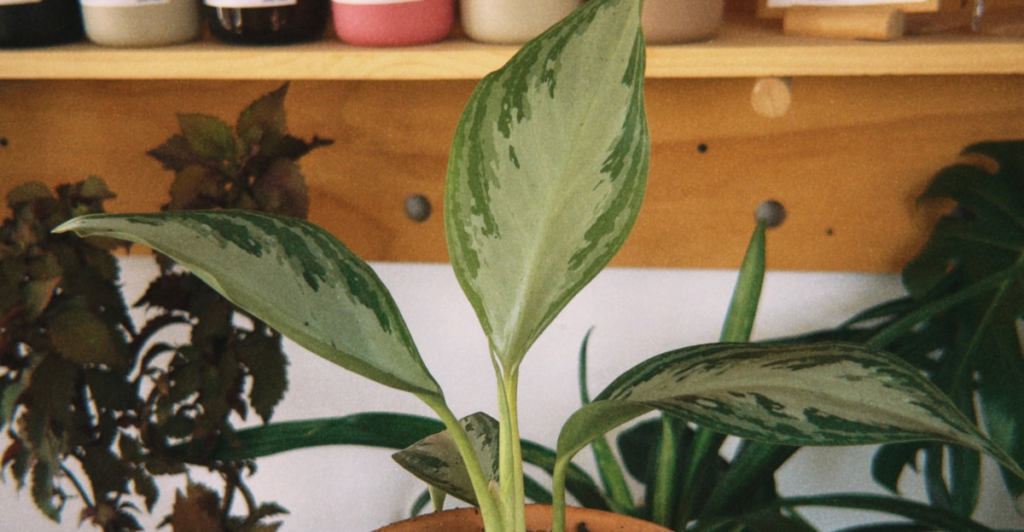
The Chinese evergreen comes in a variety of colors, from deep greens to silvers and reds. This plant is perfect for winter, as it thrives in low light and tolerates dry indoor air. It’s a great way to add a pop of color during gloomy months.
Cast Iron Plant (Aspidistra elatior)
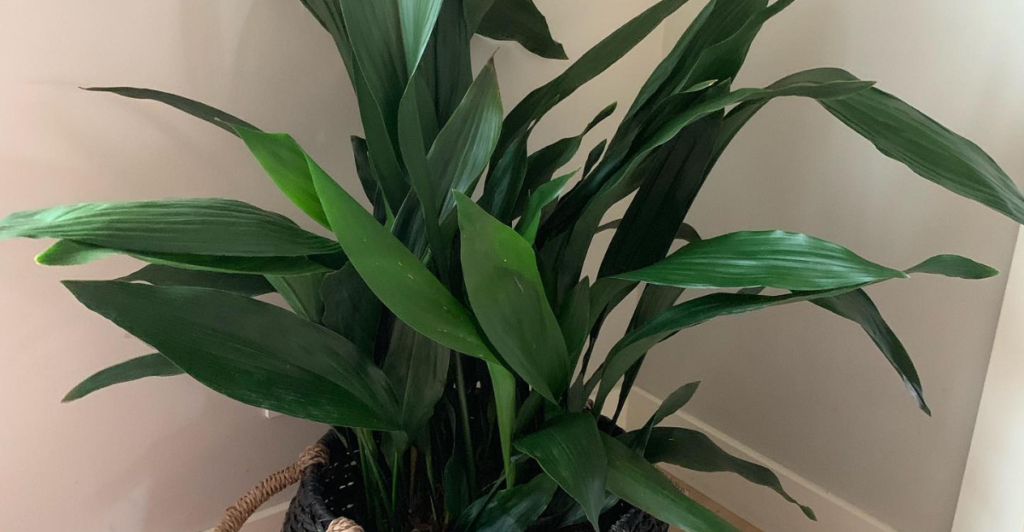
True to its name, the cast iron plant is almost indestructible. Its deep green leaves can withstand low light, irregular watering, and even temperature fluctuations, making it one of the best plants for winter survival.
Jade Plant (Crassula ovata)

The jade plant, a type of succulent, is known for its fleshy, oval-shaped leaves and tree-like growth. It prefers bright indirect light but can tolerate low light during winter. Water it sparingly, as it stores moisture in its leaves.
Aloe Vera
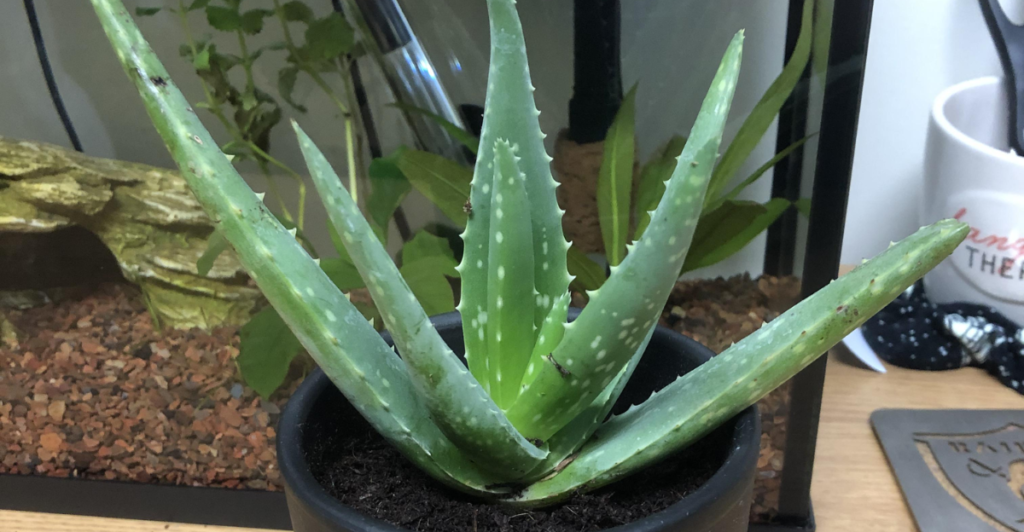
Aloe vera is not just a soothing remedy for burns—it’s also an incredibly resilient indoor plant. It thrives in dry, sunny conditions but can tolerate the occasional shade during winter. Water sparingly and watch it grow steadily.
Dracaena
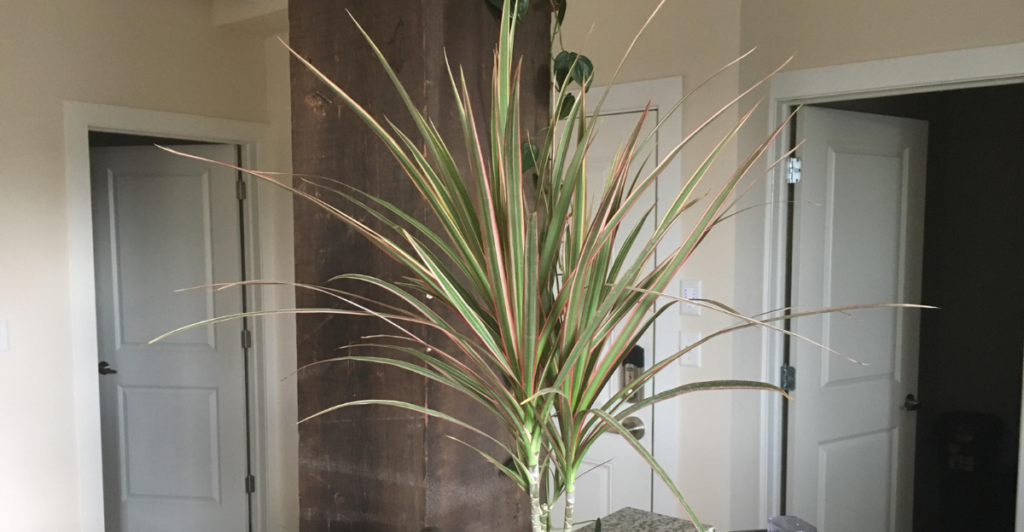
Dracaena varieties, such as the corn plant or the dragon tree, are fantastic for adding height and structure to your indoor garden. They are drought-tolerant and thrive in low to medium light, making them ideal for dim winter days.
Christmas Cactus (Schlumbergera)
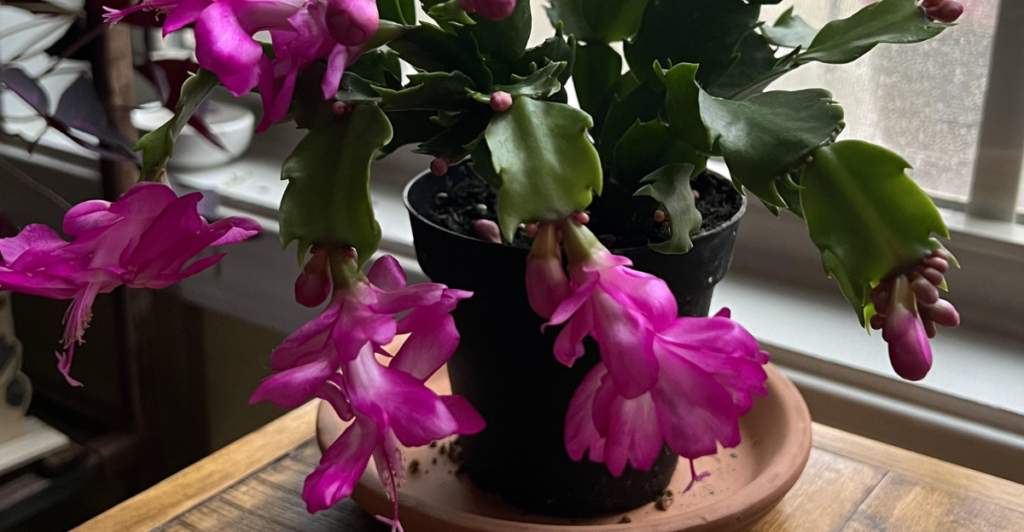
The Christmas cactus is a seasonal favorite for its festive blooms in shades of pink, red, and white. Unlike many cacti, it thrives in cooler temperatures and needs indirect light. Water when the top inch of soil feels dry, and it will reward you with beautiful winter blossoms.
While these hardy plants are well-suited for winter, they still require a bit of care. Be mindful of Watering. Overwatering is the most common mistake. Most plants prefer slightly dry soil during colder months. Lighting is crucial for growth. Place plants near windows or under grow lights if your home lacks natural sunlight. Humidity has to be monitored. Dry indoor air can stress plants. Use a humidifier or mist plants occasionally.
Adding these indoor plants to your home ensures a vibrant and lively atmosphere throughout the winter. Their resilience and adaptability make them excellent companions, even for those new to indoor gardening. With a little love and attention, these plants can bring life to your home during the coldest months of the year.
Stay connected with us for more stories like this! Follow us to get the latest updates or hit the Follow button at the top of this article, and let us know what you think by leaving your feedback below. We’d love to hear from you!







